Education, care coordination are keys to patient acceptance

By Sheru Kansal, MD, and Leslie Wong, MD
Cleveland Clinic is a non-profit academic medical center. Advertising on our site helps support our mission. We do not endorse non-Cleveland Clinic products or services. Policy
Home dialysis therapies, which include peritoneal dialysis (PD) and home hemodialysis (HHD), have traditionally been underutilized in the United States. The majority of American patients with end-stage renal disease (ESRD) — about 92 percent — are treated with center-based intermittent (thrice weekly) hemodialysis (IHD), compared with 6 percent for PD and 2 percent for HHD.
Worldwide, PD utilization is almost twice that of the United States.
Misconceptions are partially to blame for this underutilization of home therapies. Historically, PD has been viewed as the therapy of choice for the young and otherwise healthy, since patients are responsible for performing the dialysis themselves. Also, patients with diabetes have typically been advised to avoid PD since it involves increased glucose exposure.
Similar misconceptions have hampered the growth of HHD, particularly the notion that patients require a high level of intelligence to be successful on HHD, as well as the fear of catastrophic complications. Although observational studies lend credence to some of these notions, the reality of renal replacement therapy in the United States is that 80 percent of patients who start on IHD use a central venous catheter. These catheters are associated with numerous complications and contribute markedly to morbidity and mortality.
Another reality of renal replacement therapy is that the model of thrice-weekly hemodialysis is fraught with issues that increase morbidity and mortality. Aggressive ultrafiltration (which is common for patients on IHD) is associated with myocardial stunning and increased mortality. Also, the seven-day week necessitates a two-day skip every week, which is associated with increased mortality compared with the rest of the week.
The realities described here underlie a growing movement to get more patients on home therapies for ESRD. In fact, the Centers for Medicare & Medicaid Services has changed reimbursement for dialysis providers to incentivize home therapies.
Through various educational programs and care coordination, Cleveland Clinic has been able to increase its utilization of home therapies significantly in the past few years. Our HHD program, established in 2010, is the largest in Northeast Ohio and offers patients the options of short daily therapy or frequent extended hemodialysis. We have trained 18 patients during the past four years, of which 13 remain on therapy to date.
Our PD program has also seen extraordinary growth during the past couple of years. Currently, Cleveland Clinic’s Department of Nephrology and Hypertension provides care to almost 60 patients on PD, spread across three units. One of these units, Ohio Home Dialysis, is the single largest PD unit in the region.
Our successes are largely due to our commitment to patient education. Studies suggest that patients who undergo education about the different hemodialysis modalities are more likely to choose home therapies. Our department is well ahead of the curve in referring patients to dialysis modality education — almost 50 percent of patients who begin dialysis in our care have undergone modality education prior to starting, compared with about 20 percent nationally.
Furthermore, when patients attend dialysis education, they are more likely to actually start on PD. In the first half of 2014, 65 percent of patients who attended modality education actually started on PD, compared with about 20 percent nationally.
With a preponderance of evidence to suggest that dialysis education is imperative to good outcomes, we have taken further steps to educate our patients. We invite those who have expressed interest in home therapies to a quarterly seminar. During these seminars, patients meet the home therapy staff and are exposed to aspects of home therapies that are unavailable during educational classes.
More importantly, they are able to talk to patients currently on home therapies. This discussion provides an invaluable opportunity for patients to ask questions and receive insight from those with hands-on experience.

Clinicians should individualize dosing practices based on patient risk factors and preferences

Fully-automated process uses preop CT, baseline GFR to estimate post-nephrectomy renal function
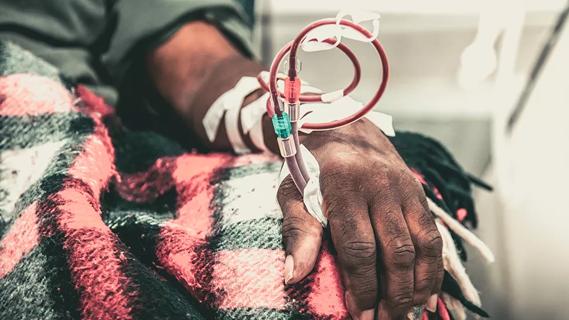
Could mean earlier treatment, but also could have negative effects
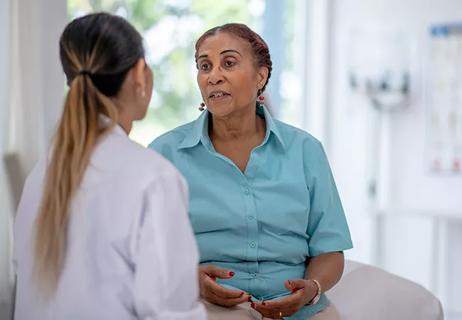
Identifying barriers in the renal genetic assessment of Black patients
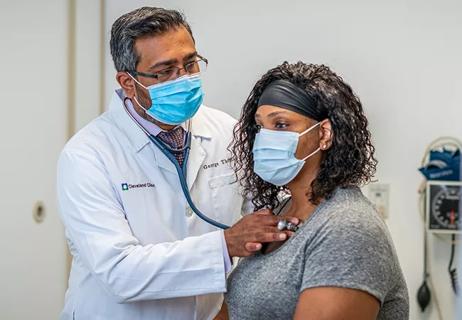
Getting patients to their goal blood pressure
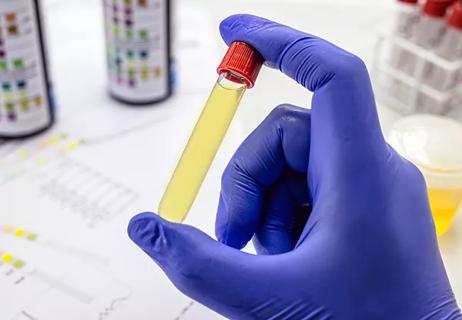
Study highlights benefits of nephrologist-led urine sediment analysis
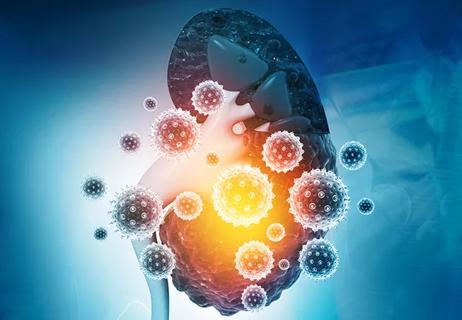
Using sequencing data to identify novel factors linked to kidney disease with unknown origin

Program plays key role in diagnosis and management of genetic kidney diseases